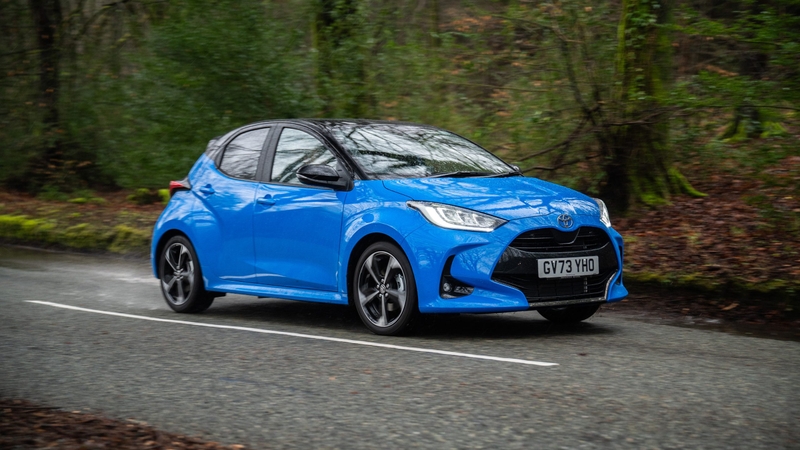
Honda Jazz engines, driving and performance
Gallery
How does the Honda Jazz drive?
Don’t go into the Honda Jazz expecting a sporty driving experience – it really doesn’t go in for that sort of thing. The Jazz is instead set up to be relaxing and, most of all, economical. As it’s only equipped with an automatic gearbox, the Jazz is a joy to use around town – it’s easy to drive, easy to park and quiet.
The steering feels elasticky and almost disconnected from the wheels, almost to dissuade you from driving like a hooligan. Fast corners are clearly outside of the car’s comfort zone, and you’ll notice a bit of body roll thanks to the car’s relatively high stance and soft suspension. The Toyota Yaris and Renault Clio are both a little more engaging to drive, if that matters to you at all.
Is the Honda Jazz comfortable?
With no focus on sportiness, Honda has made the Jazz comfortable. That’s a good thing and something you’ll appreciate in day-to-day driving. A soft ride takes the edge off most bumps, although big road fractures can upset the car’s comforting zen feel.
Generally, the Jazz is pretty quiet – especially when you’re running on electric power. There’s just a little bit of tyre noise at higher speeds.
What’s the best engine to get?
Simple – there’s only one choice. All new-shape Jazzes come with a 1.5-litre petrol engine with an electric motor and a small battery, all managed by a clever gearbox. Around town the battery power does most of the work, and that enables you to use very little fuel. On our mixed-road test route, the Jazz achieved 56mpg without any effort whatsoever, but the trip computer stated that the Jazz had returned 67mpg over its 40,000 or so miles.
Honda Jazz performance
Despite the Jazz being very unsporty, it gets from 0-62mph in a very reasonable 9.4 seconds. That’s helped by the instant shove from the electric motor. It’s more than capable of getting up to speed quickly and without fuss, and capable of holding its own at motorway speeds.






















































